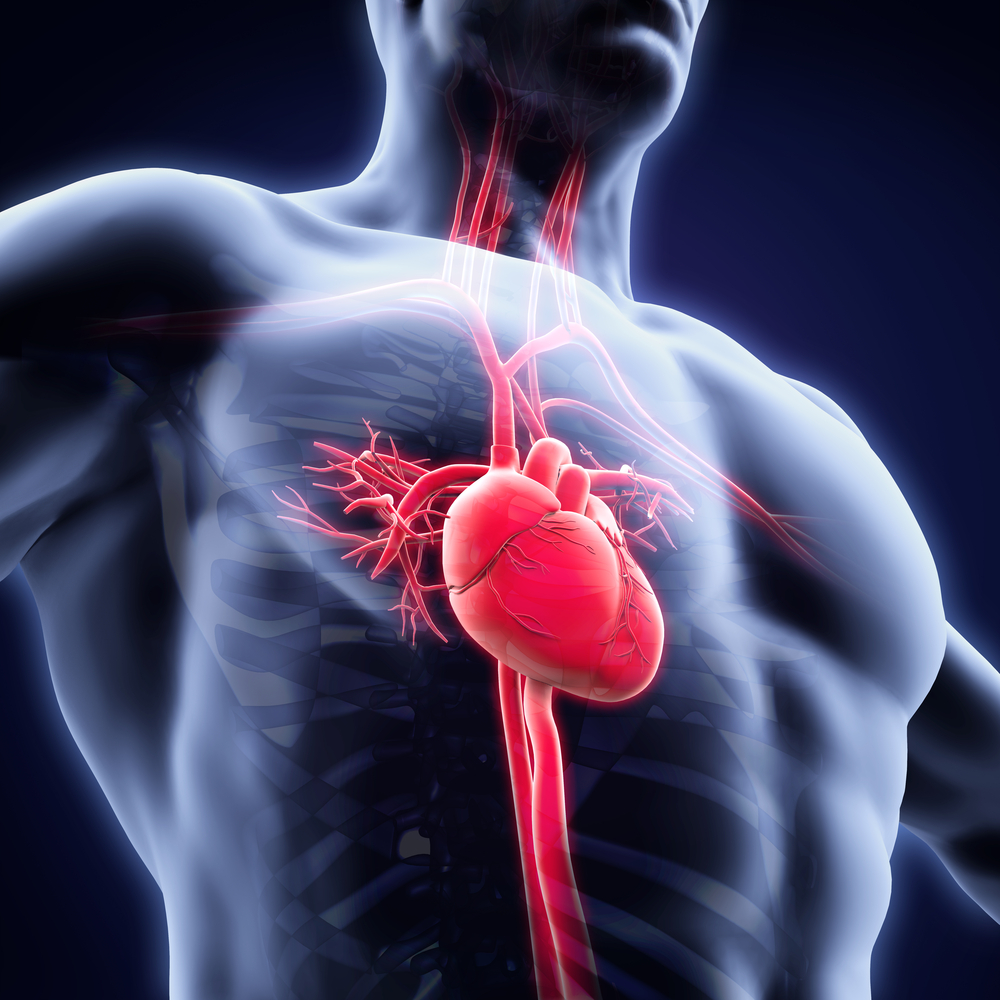3 Factors Seen to Raise Risk of Cardiac Sarcoidosis Relapse in Multi-year Study
Written by |

Kidney involvement, heart wall abnormalities, and left heart failure were identified as risk factors for a relapse of cardiac sarcoidosis, a long-term study involving more than 150 patients suggests.
Immunosuppressant treatment with cyclophosphamide was also linked to a significantly lower risk of cardiac relapse in this patient population.
The study “Cardiac sarcoidosis: A long term follow up study” was published in the journal PLOS One.
Cardiac sarcoidosis (CS) — sarcoidosis in which the heart is affected, either solely or as part of more systemic disease — is estimated to occur in 5 to 11% of sarcoidosis patients. Autopsy studies, however, report that cardiac involvement is found in 25% of patients.
In the U.S., cardiac sarcoidosis is believed to be responsible for 25% of deaths in sarcoidosis patients, and for 85% in Japan, the study noted.
Factors influencing outcomes for people with cardiac sarcoidosis, especially when CS is clinically silent (meaning no clear disease manifestations), remain unclear.
Researchers in France investigated prognostic factors that might influence outcomes like survival and relapses in a large group of CS patients, and the effects of immunosuppressive therapies on the relapse risk.
In total, the team analyzed 157 patients with CS, median age of 40, who were followed for a median of seven years (range from 6 months to 32 years). All met WASOG criteria for a cardiac sarcoidosis diagnosis.
Cardiac manifestations occurred before sarcoidosis diagnosis in 15 patients (10%), at the time of diagnosis in 54 others (34%), and post-diagnosis in the remaining 88 people(56%).
Forty-three percent of these CS patients had systemic sarcoidosis symptoms, and 135 patients (86%) had two or more extra-cardiac sites affected by the disease, including mediastinal lymph nodes and/or the lungs (89%), nervous system (42%), skin (31%), peripheral lymph nodes (30%), eyes (29%), and joints (24%).
Heart involvement was present in all 157 patients analyzed, including ventricular block in 48 of them (31%). Imaging of the heart using echocardiography revealed heart abnormalities in 98 patients (62%), such as heart wall motion abnormalities, and a cardiac MRI was abnormal in 68 out of 91 patients (75%).
Ninety-two people were taking steroids alone or in combination with immunosuppressive agents (120 participants), including 79 who were using intravenous cyclophosphamide (brand names, Cytoxan and Neosar).
Overall, the survival rate at five years after a CS diagnosis was 93.6%, and 89.6% at 10 years post-diagnosis. During follow-up, 13 out of these 157 patients died, with death attributed to CS in four cases.
Analysis of clinical data showed that older age, a left ventricular ejection fraction (LVEF) below 40%, hypertension (high blood pressure), an abnormal pulmonary function test, and the presence of scar (fibrotic) tissue on a cardiac MRI were risk factors associated with mortality in this CS patient group.
Of note, LVEF measures how much blood is pumped out of the left large chamber, or ventricle, of the heart with each contraction.
Most patients (101) had at least one sarcoidosis-related event, including 63 cardiac relapses and 88 non-cardiac relapses. Across 10 years of follow-up, this corresponded to an overall relapse-free rate (both cardiac and non-cardiac) of 27.4%.
A statistical analysis showed that kidney involvement, left heart failure, and abnormalities at the heart wall on echocardiography were risk factors for cardiac relapses.
Researchers also assessed the impact of immunosuppressive agents, “often used in refractory cases and/or if steroid side effects,” on cardiac relapses. Results showed that only cyclophosphamide was associated with a significant decrease in the risk of cardiac relapse, compared with no treatment, among the various immunosuppressants evaluated.
However, “analyses on treatments should be interpreted with caution as treatments were not randomised (possible confounding factors), and sample sizes of some treatment were small (under power),” the study noted.
These results suggested that the mortality rate related to CS was low, and linked to “older age, arterial hypertension, abnormal pulmonary function tests, low LVEF and abnormalities in cardiac MRIs,” the researchers wrote.
“Immunosuppressive therapy with intravenous cyclophosphamide is associated with lower relapse rates and might be especially of interest when predictive factors of poor outcome or relapses are present,” they added.
Researchers also noted that their results should be confirmed in randomized, controlled trials.





